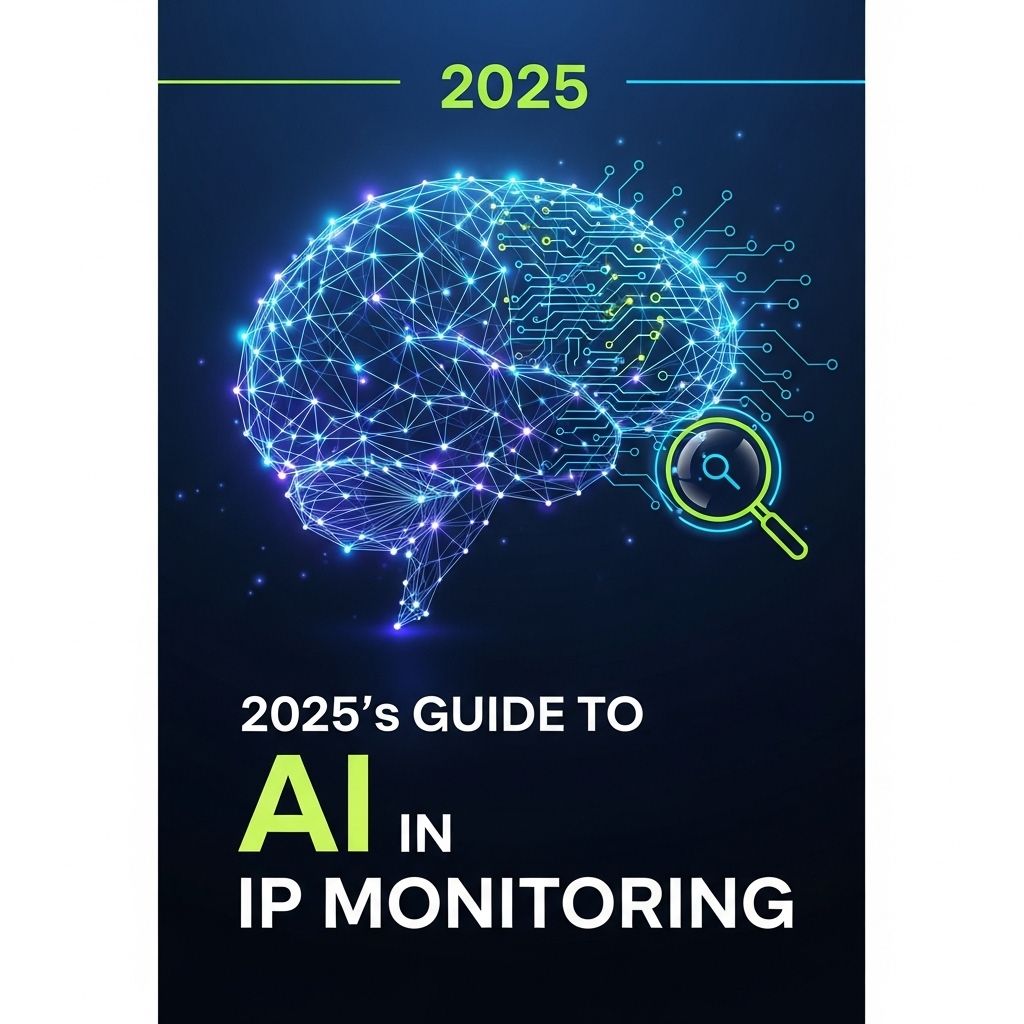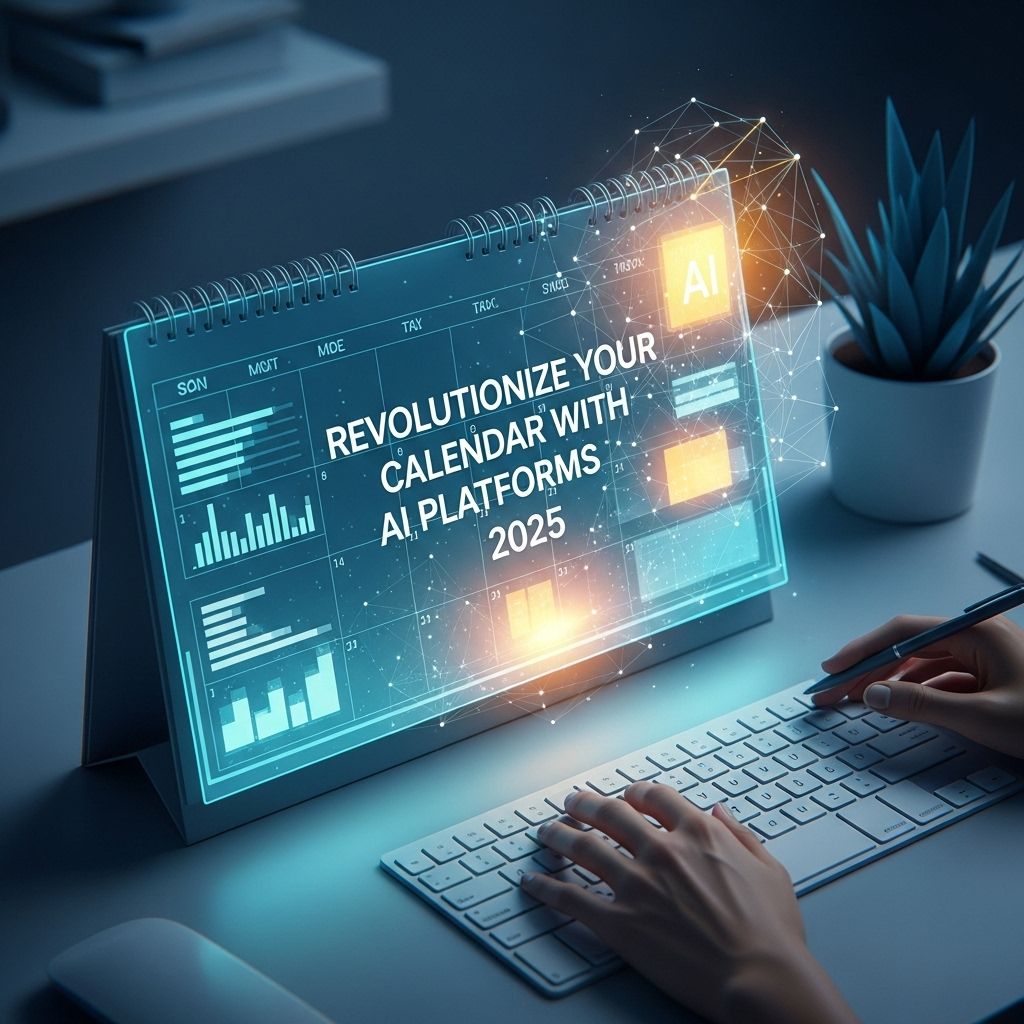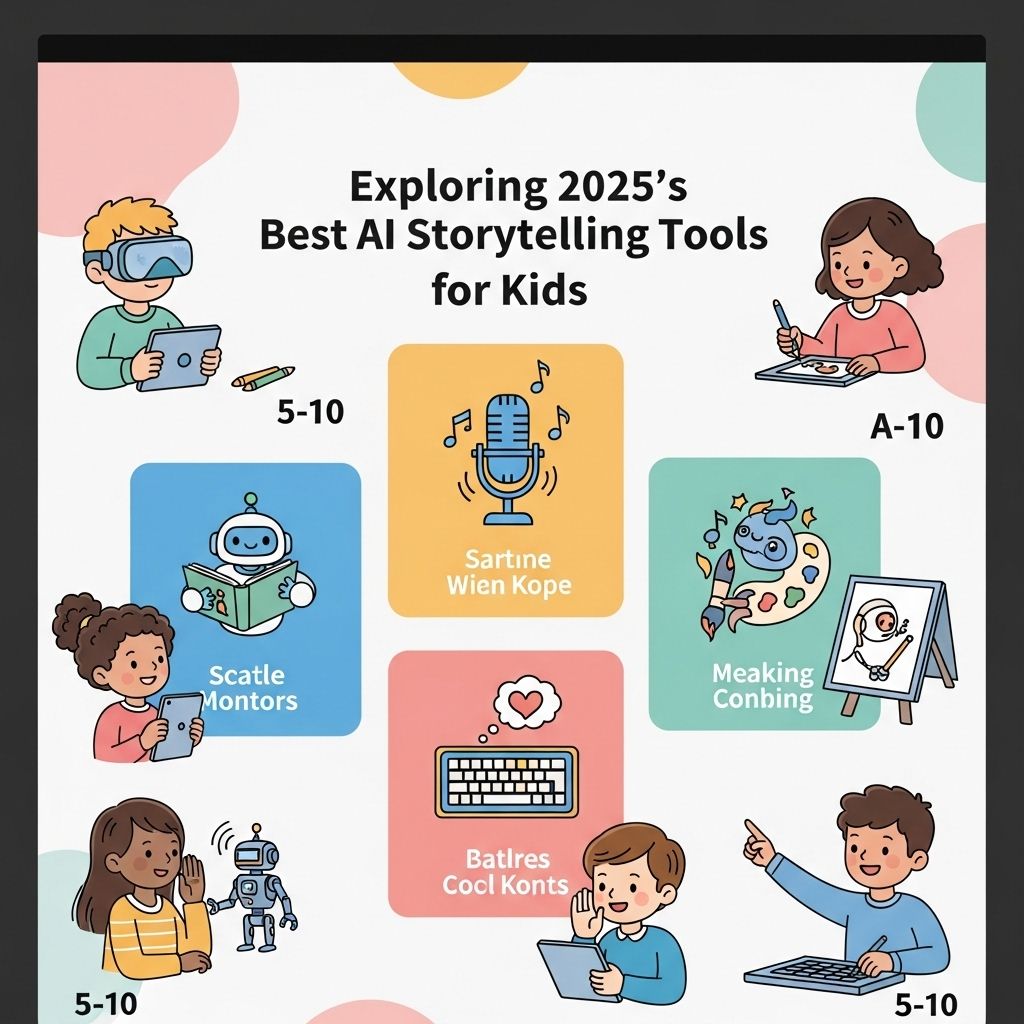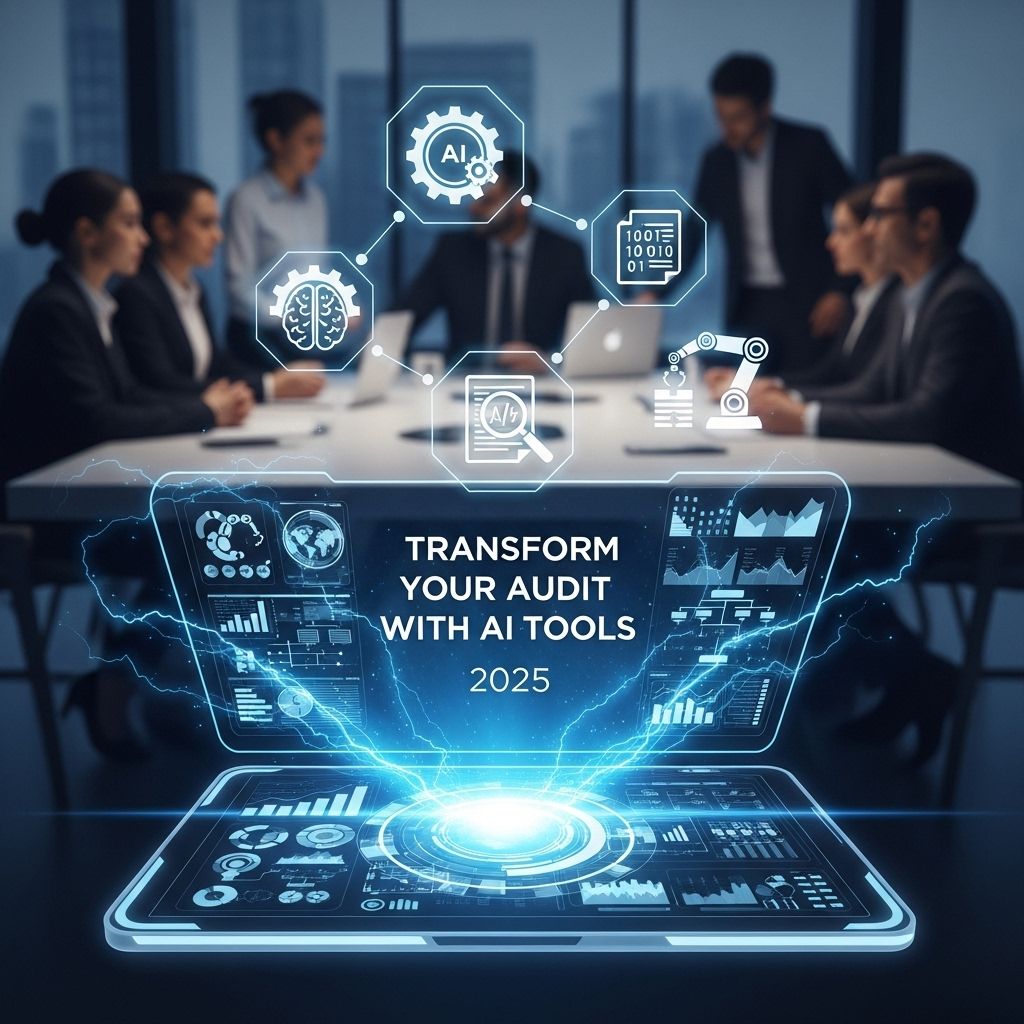Seamless Virtual Desktop Infrastructure: Future Trends for 2025
Explore the future of seamless virtual desktop infrastructure in 2025. Discover trends, benefits, and innovations shaping the digital workspace.
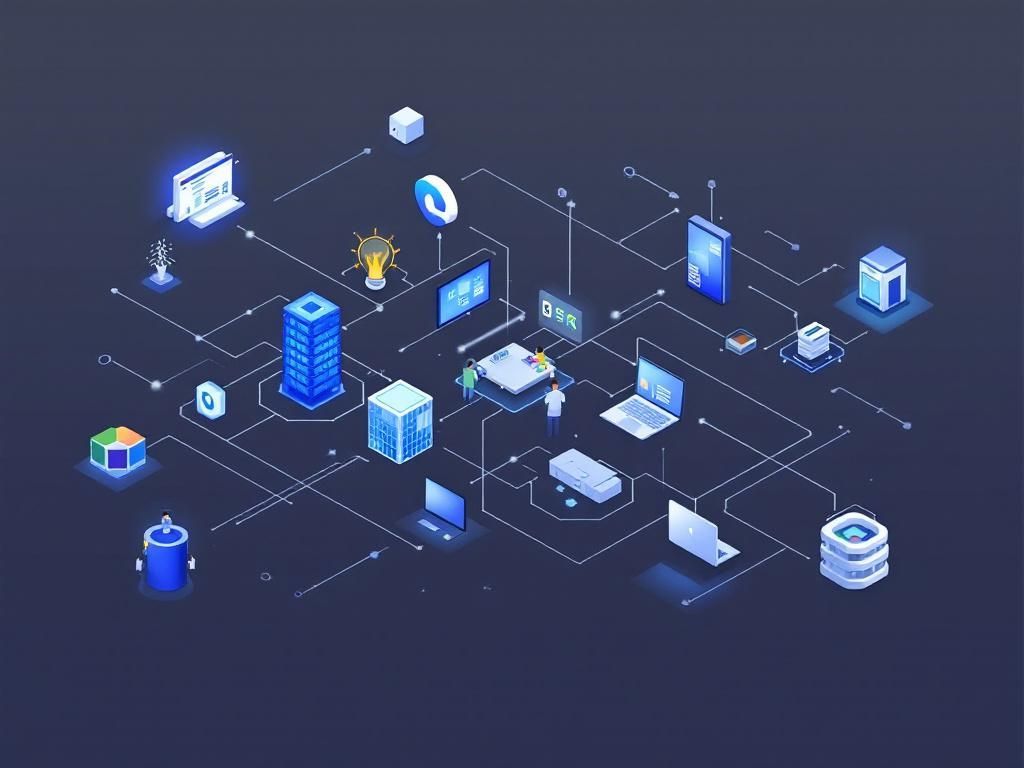
As we move closer to 2025, the technological landscape continues to evolve at an unprecedented pace. Among the most significant advancements is the rise of Virtual Desktop Infrastructure (VDI), which streamlines how businesses operate by providing seamless access to desktop environments from anywhere. This transition is not just a trend; it represents a fundamental shift in the way organizations approach IT infrastructure. In this article, we will explore the future of VDI, its benefits, challenges, and the technologies shaping its evolution.
Table of Contents
Understanding Virtual Desktop Infrastructure
Virtual Desktop Infrastructure refers to the technology that allows users to access a virtualized desktop environment hosted on a centralized server. Unlike traditional desktop setups, where software and data are stored locally, VDI centralizes resources, making management and security significantly easier.
Key Components of VDI
- Hypervisor: A software layer that enables multiple virtual machines to run on a single physical server.
- Virtual Machines (VMs): Individual desktops or applications that users can access remotely.
- Connection Broker: A service that determines which virtual desktop a user should connect to.
- Storage Solutions: High-performance storage systems that ensure fast access to data and applications.
Benefits of Seamless VDI
Implementing a seamless VDI can provide numerous advantages for organizations. Here are some of the most notable:
1. Enhanced Flexibility and Mobility
With VDI, employees can access their desktops and applications from any device with an internet connection, allowing for:
- Remote work opportunities
- Access to corporate resources on the go
- Easier onboarding of new staff
2. Improved Security
VDI enhances security by:
- Centralizing data in a secure data center
- Implementing strict access controls
- Enabling easier application of security updates
3. Cost Savings
By reducing the need for high-end hardware and streamlining IT management, organizations can realize significant cost savings:
- Lower hardware costs
- Reduced energy consumption
- Decreased IT support expenses
Challenges in VDI Adoption
Despite its benefits, VDI adoption is not without challenges. Organizations must consider:
1. Initial Setup Complexity
Setting up a VDI environment requires careful planning and considerable investment in infrastructure.
2. Network Dependency
VDI performance is heavily reliant on network performance; inadequate bandwidth can lead to slow access times.
3. Licensing Costs
While VDI can reduce hardware costs, licensing for applications and operating systems can be complex and expensive.
Future Technologies Shaping VDI
1. 5G Connectivity
The rollout of 5G technology is set to revolutionize VDI by offering:
- Faster data transfer rates
- Lower latency connections
- Increased reliability for mobile users
2. Artificial Intelligence and Machine Learning
AI can enhance VDI management by:
- Predicting resource usage
- Automating routine tasks
- Improving user experience through personalization
3. Edge Computing
Edge computing pushes processing closer to the user, which can:
- Reduce the burden on central servers
- Improve response times
- Enhance overall performance
Implementing a Seamless VDI Strategy
For organizations considering VDI, it is crucial to have a well-defined strategy. Here are some steps to guide the implementation:
1. Assess Your Needs
Identify the specific needs of the organization, including:
- Number of users
- Applications required
- Security requirements
2. Choose the Right VDI Solution
Evaluate different VDI platforms, considering:
- Scalability
- Integration capabilities
- Support and maintenance options
3. Plan for Scalability
Design the infrastructure with future growth in mind, ensuring:
- Easy addition of resources as demand grows
- Flexibility to adapt to changing business needs
4. Train Your Staff
Provide adequate training for IT staff and end-users to ensure smooth adoption of the new system.
Case Studies: Successful VDI Implementations
1. Financial Services Firm
A leading financial services firm implemented a VDI solution to enhance security and compliance. By centralizing their data management, they improved their security posture and reduced operational costs by 30%.
2. Education Sector
An educational institution adopted VDI to support remote learning during the pandemic. This transition allowed students to access critical resources from home without compromising security or performance.
Conclusion
As we approach 2025, the importance of a seamless Virtual Desktop Infrastructure cannot be overstated. With benefits such as enhanced flexibility, improved security, and potential cost savings, organizations that invest in VDI will be better equipped to face the challenges of the modern digital landscape. By understanding the challenges and future technologies shaping VDI, companies can create a robust strategy that not only meets their current needs but also prepares them for future growth.
FAQ
What is Seamless Virtual Desktop Infrastructure?
Seamless Virtual Desktop Infrastructure (VDI) refers to a cloud-based system that allows users to access a virtualized desktop environment from any device, providing a consistent and efficient user experience.
How does Seamless VDI improve productivity?
Seamless VDI enhances productivity by enabling remote access to applications and data, reducing downtime, and allowing for smoother collaboration between teams.
What are the security benefits of using Seamless VDI?
Seamless VDI offers improved security through centralized data management, making it easier to implement security protocols and prevent data breaches.
What types of businesses can benefit from Seamless VDI?
Businesses of all sizes, especially those with remote workforces or multiple locations, can benefit from Seamless VDI by streamlining operations and reducing IT overhead.
Is Seamless VDI cost-effective for businesses?
Yes, Seamless VDI can be cost-effective as it reduces the need for physical hardware, simplifies IT management, and can lower overall operational costs.
What is the future of Seamless VDI in 2025?
By 2025, Seamless VDI is expected to evolve with advancements in AI and machine learning, further enhancing user experience and operational efficiency.



